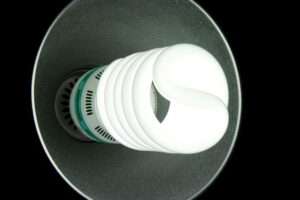
Choosing the lighting for a new home or a redesign project is always an important and exciting process, but today, with the hundreds of interior uses for LED lights, homeowners are finding so many new ways to add light and decoration to their spaces. At the same time, they are making their homes more energy efficient.
Problems with traditional bulbs
Before, designers and homeowners were limited to bulbs in the shape or long cylinder bulbs. Of course, they could be used in a lot of ways, but the light from those bulbs always emitted from a concentrated source and dimmed as it spread outwards. Getting electricity to the light source and bulbs was also an issue. Designers had to consider where wired sockets could be installed without affecting the design.
Advantages of Interior LED Lights

With the invention of interior LED lights, designers’ options expanded exponentially. Suddenly lights could be created in almost any shape the designer could dream up. Plus, with LED technology they were able to rid of sockets and large bulbs. Instead of creating lighting for a bar, for example, the entire bar can be lit up evenly.
It’s no wonder that LED lighting is a growing category for many light manufacturers, and consumers can find some pretty unusual products.
Not only can any shape be lit and serve as a lighting source because LED lights are so small and energy-efficient, they can be placed in locations that would have been impossible to light before. Companies are removing obstacles with free-form shapes and illuminated LED light strips.
LED light strips allow designers and homeowners to put light almost anywhere in their home. Kitchens, cabinets or door moldings were all difficult to light before, but now, with an LED strip, illuminating a tricky space in your home is possible.
Consumers are also beginning to realize that adding LED lights throughout their home will cut down on electric bills. They also can increase their home’s safety by adding light in areas that used to be impossible to reach with adequate lighting.




